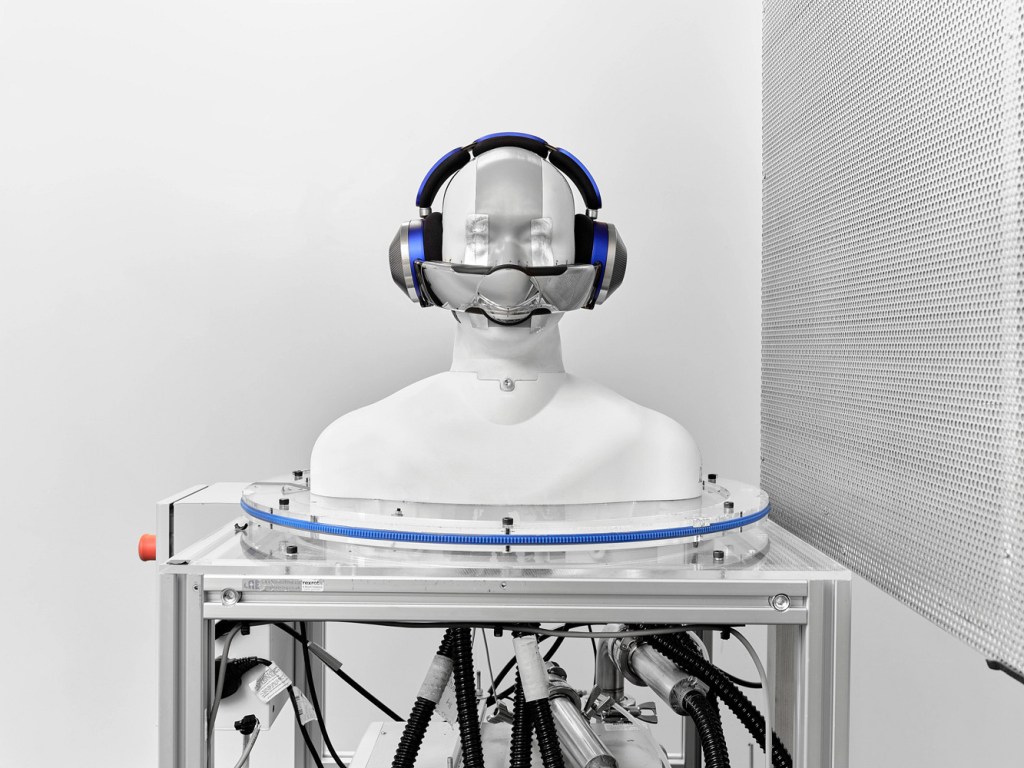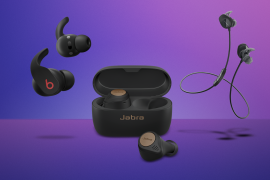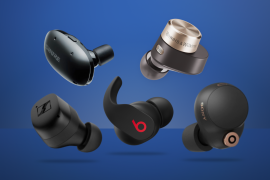Why Dyson Zone is the wildest gadget we’ve ever tried
We got to have a go with Dyson Zone - here are our first impressions

UPDATE: Our final Dyson Zone review is now live
Original story continues below
We arrived at Dyson’s London HQ knowing we were going to see a brand new product. What we didn’t expect was just how new it was going to be.
Dyson Zone is a pair of Bluetooth headphones, though as you can see they’re pretty chunky. The reason? Each earcup houses an air purifier with a miniature Dyson motor (still with us?) and, using a magnetically-attached chin-visor – yes really – Zone pushes purified air across your face. As such the Bluetooth headphone aspect is somewhat of secondary use.
We came out of that meeting thinking it was the wildest near-release tech product we’d ever seen.
After all, this is no prototype; Dyson has had it in the works for six years and plans to launch it later in 2022. Keen Dyson watchers will have seen a patent floating about, reported on by various tech sites in early 2020 – this patent wasn’t actually too far away from the product we see here.

Dyson pitches Zone as being for city-dwellers but while it says there will be a UK launch, we believe it’s really a product for heavily polluted cities in certain countries where smog is a problem. Of course, London is a polluted city, but will we really see these in regular use on the Tube?
That said, pre-pandemic, people in many large cities did wear face masks to combat pollution. So why not a visor attached to a pair of headphones? But there’s no getting away from the fact it looks more than a little bit space age and dystopian.

So Dyson Zone is a very difficult product to judge at this early stage – it could tap into a new market. It’s also not alone in trying something like this. We saw the debut of the Atmos Faceware at CES a couple of years back.
What we don’t know is how much Dyson Zone will cost and that’s a big question mark considering Dyson is no stranger to a $500/£500 price point.

Sadly we weren’t allowed to take photos, so Dyson’s pics will have to suffice.
But we did try it out and in terms of the air purification, it appears to work pretty well. The headphones weren’t unreasonably heavy with well-distributed weight, while the flow of air is comfortable – it’s not like a breeze blowing across your face and the visor doesn’t actually touch your face, so you don’t really know it’s there. Each earcup has a replaceable filter.
Dyson has even developed a FFP2 facemask to work alongside the Zone in locations that still require the use of face masks.

As a pair of Bluetooth headphones, we found the audio was reasonably beefy, though we we only able to try them for a few minutes. But even with noise-cancelling enabled, it’s still perfectly possible to hear the hum of the motors which is a distinct drawback.
That’s not surprising considering they’re spinning at quite a high velocity right next to each of your ears. Conversation mode worked fine to hear others around.
How are we going to review them when the opportunity arises? We’re not quite sure. But it’s going to be fun finding out.



